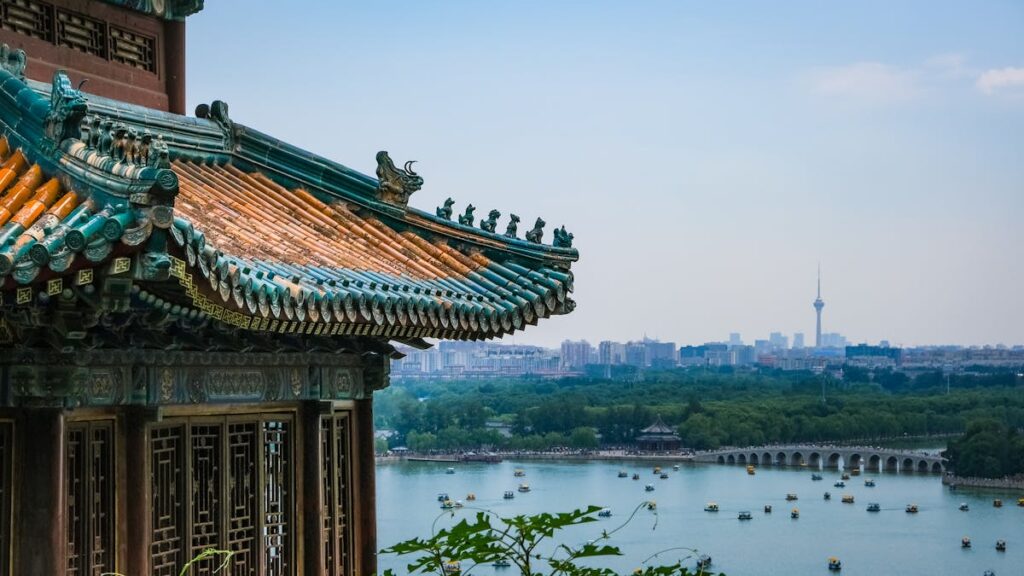Located in northeastern China, there’s a chance that the country’s capital, Beijing, might in fact sink. The risk of ground subsidence throughout China is being exacerbated by Beijing, the nation’s capital, which is sinking beneath the feet of multitudes.
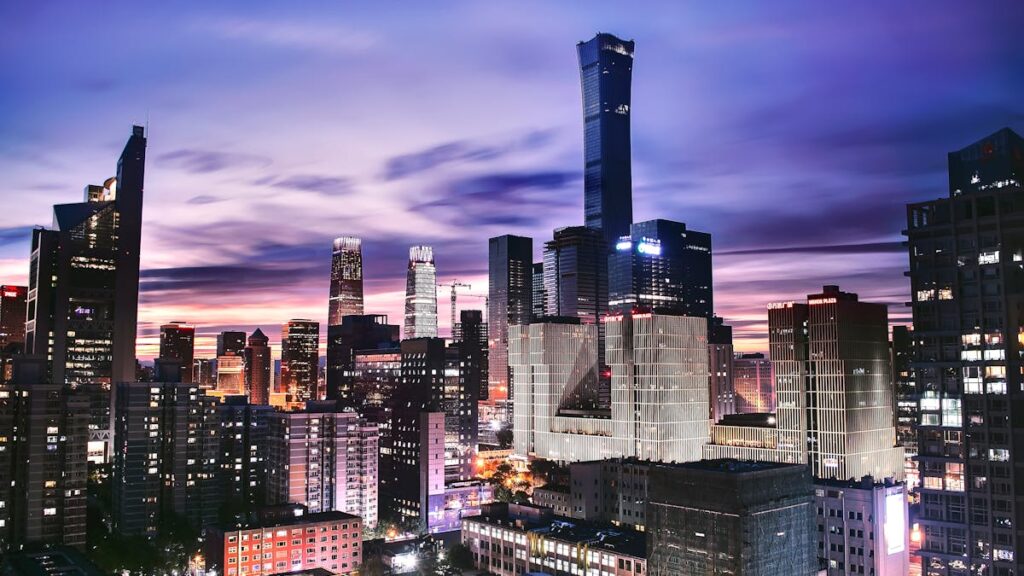
With over 21 million residents, the city is sinking more quickly each year, endangering China’s economy greatly.
The Metropolis in China Are Sinking
According to a study that was published in the journal Science, over fifty percent of China’s urbanized areas—which house 29% of the nation’s population—are sinking more quickly than three millimeters, or around 0.12 inches, annually.
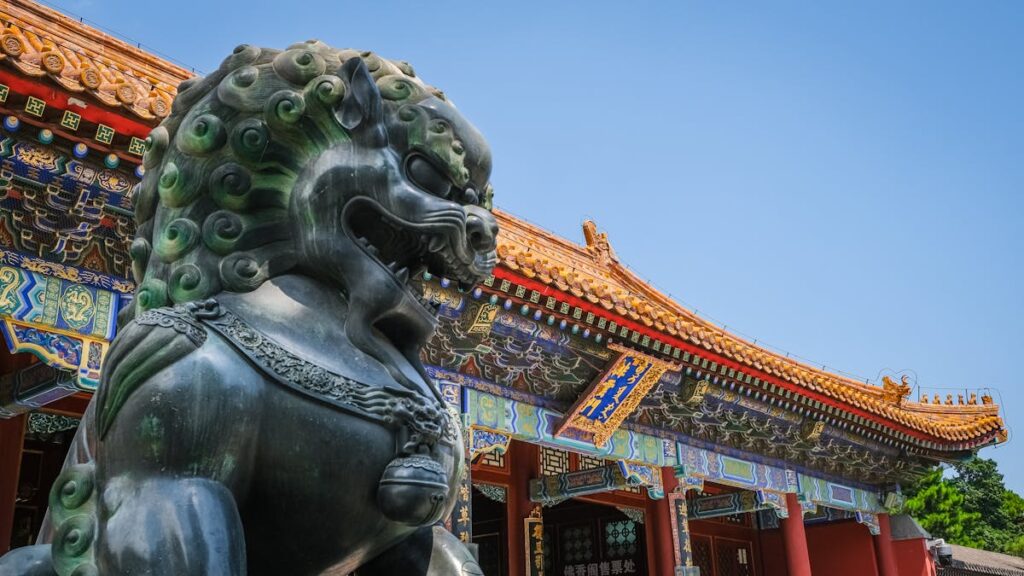
Some areas, on the other hand, suffer greater damage and subside more quickly than 10 millimeters (or 0.4 inches) annually.
Why is Beijing Sinking?
The Earth’s surface gradually sinks or settles as a result of human-induced processes including mining, building, as well as the extraction of groundwater.
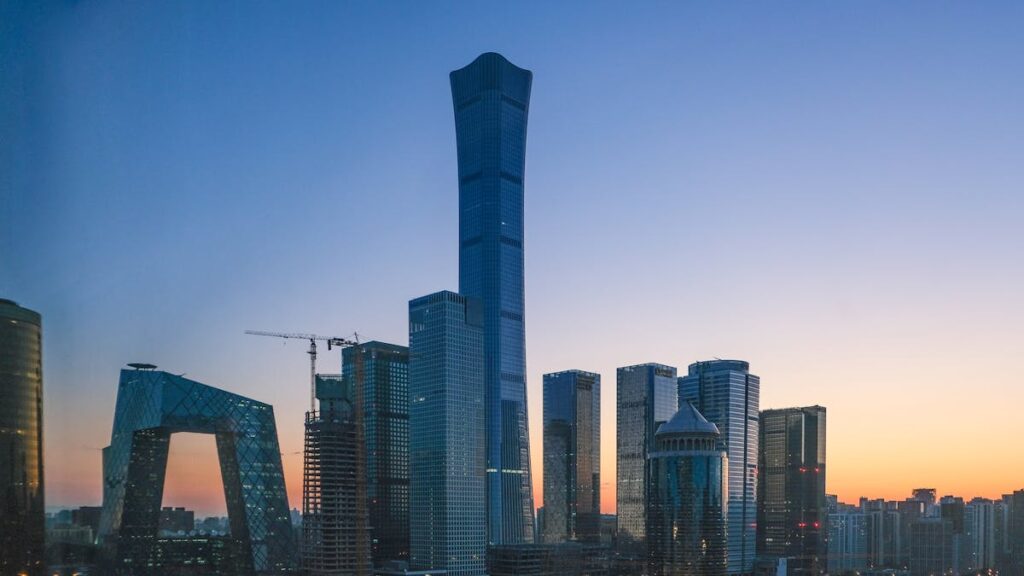
Although the Yongding and Chaobai rivers in Beijing can affect groundwater levels, according to analysts, Beijing’s problem is closely linked to the widespread extraction of groundwater. Because excessive pumping lowers the water table, municipalities have been drawing water from subterranean aquifers more quickly than they can refill them.
The Structures Increase Pressure
The sheer size of municipalities is making the issue worse even if the soil has begun to sink as a result of the declining groundwater level.
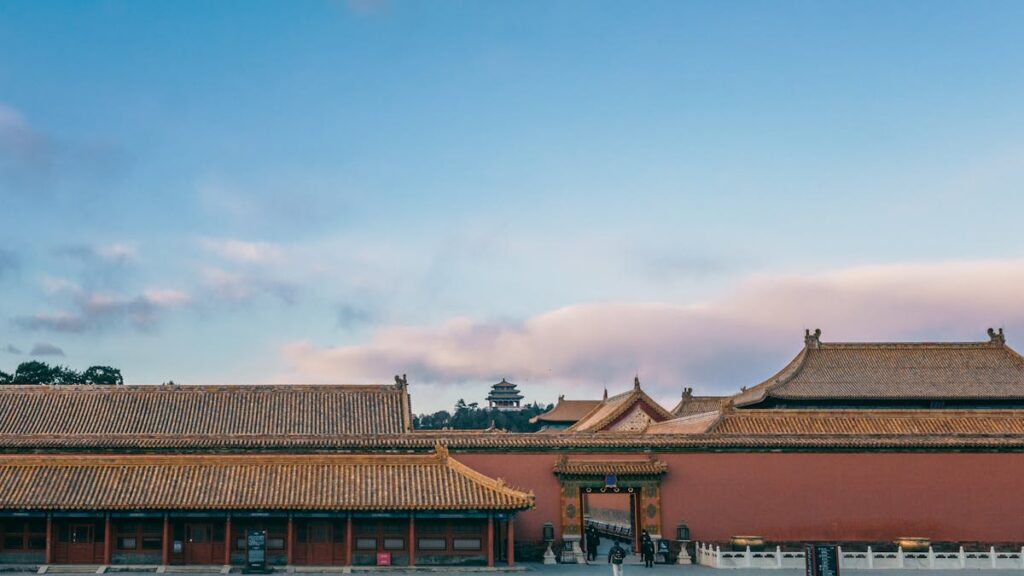
The earth is gradually sinking as a result of the pressure of the structures pressing downward on it and the particles that have accumulated gradually compressing the earth.
WATCH: Wealthy White Louisiana Residents Split From Black Neighborhoods to Form New City
A $1 billion deficit
China loses $1 billion a year annually as a result of sinking, and by the latter part of the century, 25% of its coastline land may be beneath sea level.

The 900 million people who live in the major cities of China will be greatly impacted by this.
Which Part of China is Flooding?
Additionally, due to subsidence and anticipated sea level rise, the study projects that almost 25% of China’s coasts will be below sea level in the coming years.
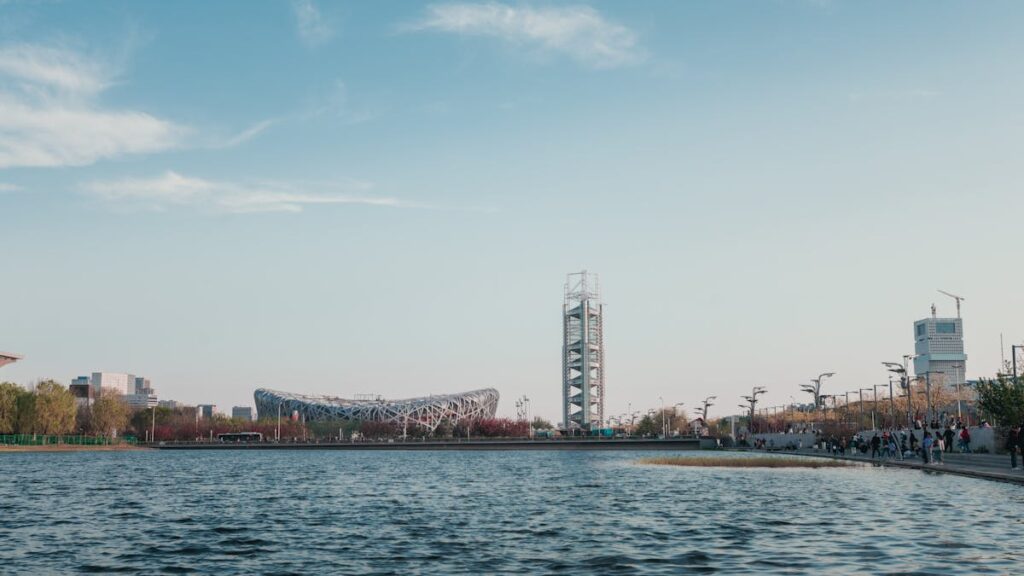
Millions of lives are at risk in the region due to the impending prospect of massive destruction. Greater exposure to increasing sea levels and sinking land is experienced by Tianjin, Shanghai, and the surrounding areas of Guangzhou.
Beijing Is Not the Most Impacted
Of the Chinese cities most severely impacted by subsidence, Beijing is not actually ranked first. Tianjin, the city falling at the fastest rate—52 mm year—takes first place.

Following at 43 mm are Changhua, Beijing, and Wenzhou. Of them, Guiyang, Kunming, and Huainan have some of the lowest, at 14 mm, 15 mm, and 17 mm.
POLL—Do You Support a Single-Payer Healthcare System (Medicare for All)?
China’s Economy May Face Difficulties
If Beijing—once called Peking due to the older postal romanization system—sinks, then China could be in economic trouble. Numerous enterprises may be found in the city, which serves as the political and economic hub of the nation.
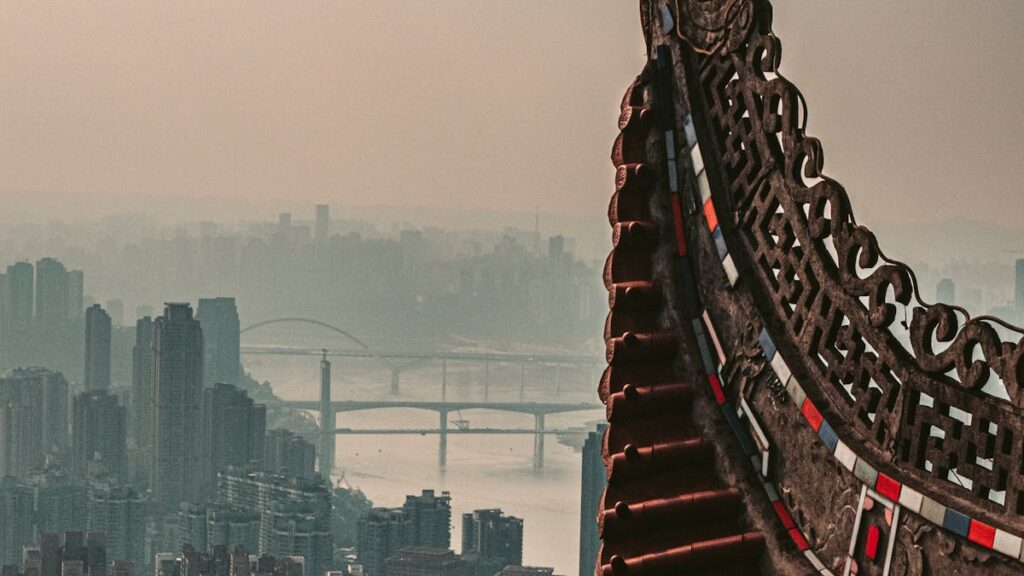
Beijing makes a major contribution to the nation’s GDP in a variety of high-growth and conventional industries, including media, real estate, technology, and finance.
The Risk to China’s Economic Vitality
Beijing is a significant financial hub as well, housing the main offices of the nation’s banks, insurance providers, and other financial organizations.
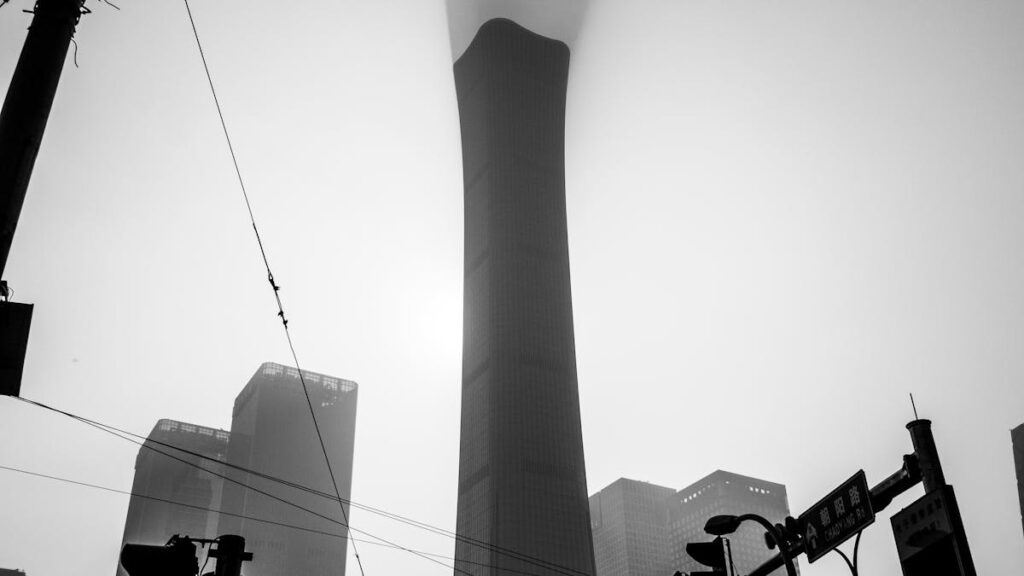
These organizations are essential to China’s economic stability and progress since they support both domestic and foreign financial activity.
Greater Effects on the Economy of China
The question of whether China’s current economic situation is transitory or if there are more serious problems at hand is one that is still being discussed.

Even though China’s economy is quite difficult, there are some advantages. These include industries like luxury goods and segments of the manufacturing sector that appear to be recovering more quickly than anticipated.
WATCH: Researchers Find Potential $37 Billion Treasure on $2 Million Coal Mine
China Constructs a “Impressive” Defense
The research did not account for the “impressive” dike structures that are meters high in certain coastline regions of China that have constructed physical barriers for protection to counteract these difficulties.
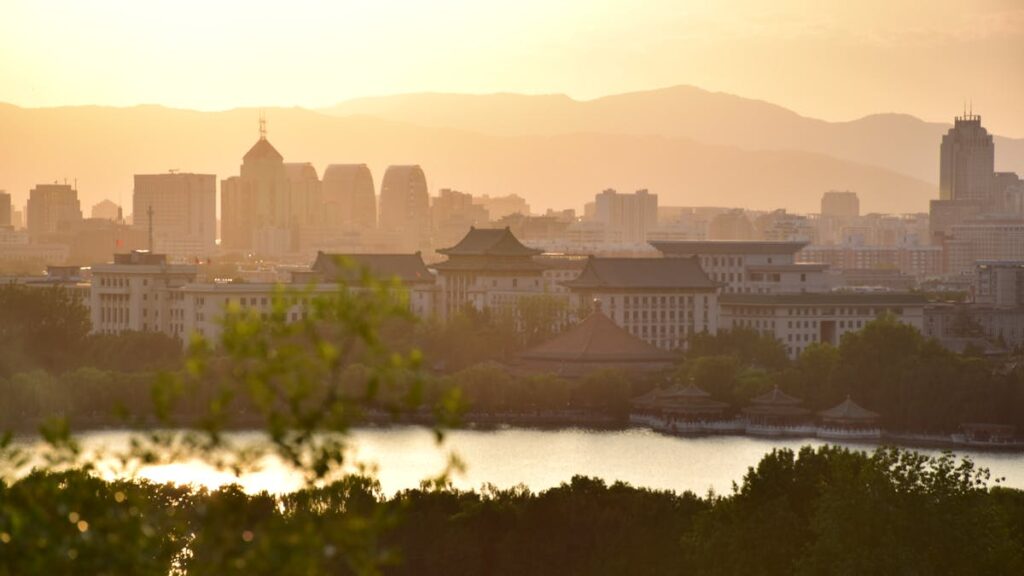
In spite of land subsidence and sea level rise, large coastal dike systems can dramatically lower the danger of flooding, according to Shengli Tao, a professor at Peking University and co-author of the study, who spoke with CNN. Additionally, he said that he was unaware of any other nations that have constructed dike systems as comprehensive as this.
Is Beijing Safe to Visit?
Nonetheless, travelers are typically regarded as being safe in Beijing. Particularly in terms of violent crimes, the city has a comparatively low crime rate.
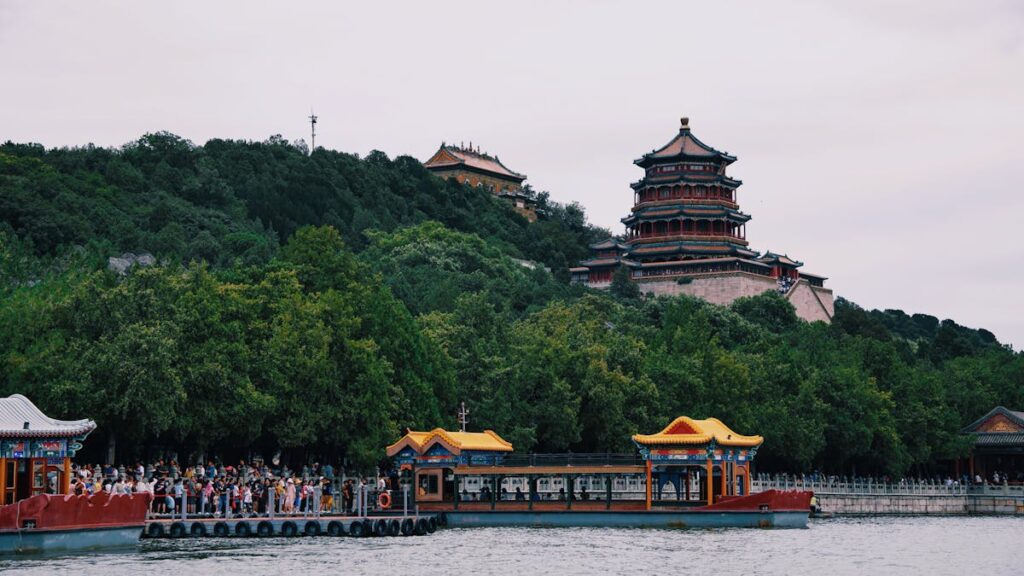
But just as in every big city, it’s crucial to be on the lookout for small-time crimes such as pickpocketing, particularly in crowded places and popular tourist destinations.
You Might Also Like:
Trump Rally Ends in Chaos After Multiple Shots Went Off, Leaving Two Dead
New Study Reveals Gun Control Laws Do Not Reduce Homicide Rates Nationwide
Democratic Senators Accuse Justice Clarence Thomas of Accepting Foreign Bribes
Record-Breaking Tornado Rocks Iowa, Leaving Five Dead and Multiple Injured
Texas Parole Board Denies Clemency to Ramiro Gonzales

